Mdf Vs Particle Board
Important Point
Wood composites are well-known and mostly used as low-cost alternatives for solid wood that can be used for anything like building a house, bookshelf, cabinet, or countertop.
If their unique characteristic is understood it will help you in choosing the right material quite easily. Knowing properly, the difference between MDF and particle board will give you proper confidence in choosing the right product between them
Medium-density fiberboard & Particle board are prepared from wooden fibers which are pressed wood products and engineered properly by mixing with synthetic resin adhesives.
If their differences are considered you can make differences in the size and type of wooden fibers being used for its manufacturing.
Fine and granular particles are made to use in medium-density fiberboard for getting more homogenous density along with providing smooth and tight edges for proper strength and workability.
Less refined wood fragments are made to use for making particle board which will offer you low-cost stability at the expense of strength and durability.
What is MDF?
Medium-density fiberboard (MDF) means medium-density fiberboard. In many companies MDF plantation is done by companies and specific species are grown which are then debarked, chipped into various species, and after that pulp formation is done which is then put through the composite manufacturing process.
Whereas wooden fibers which are generally considered waste materials that are created during solid wood manufacturing are collected and made into use for the production of MDF.
After the collection of pulp or fibers they are made to pass through a blow line where the wax resin will be present will prevent the formation of clumps and then to the mixture formaldehyde is added.
After a chance is given for the treated fibers to dry, they are made to enter a hot press which will activate the bonding chemicals and help in evenly distributing the fibers into different-sized boards.
What is Particle Board?
It is a wooden composite product that will be made from resin, chemicals, and other wooden materials. Generally, they are wooden chips or sawdust which are quite small to be processed with chemicals and resins.
The addition of resin and chemicals makes it water as well as fire-resistant along with having an artificial wooden appearance.
They are more suitable for damp spaces.
With the application of huge force, the materials are combined and properly compressed in order to form one firm surface which will be suitable for building and manufacturing fixtures or displays.
Detailed Differences Between MDF & Particle Board?
For a more proper understanding of MDF & Particle Board differences, more detailed things are to be considered which are listed below.
Durability
MDF as well as particle board if roughly handled or dropped will get cracked and break. If extreme blunt impacts are done surface dings and dented then particle boards will be able to hold their shape quite well. Whereas if that amount of disturbance is provided to MDF it might get damaged easily.
If cutting and rounding of the edges is required then MDF is better suited for that than particle board. This is so because particle boards have weaker edges and might splinter.
Strength
MDF’s strength is medium and it also depends on the thickness across the area at which point you will apply the force. Particle board strength is varying for different types it can be low to medium which also depends on the area where you apply force.
This is so because MDF has limited directional fiber grain in its structure whereas particle board has coarser fiber grains due to its density strength decreases.
Density
The density of MDF is ranging between 31 to 52 lb./ft3 which is also quite consistent all throughout. Whereas Particle Board will have a density in the range of 25 to 69 lb./ft3 and it is also not consistent throughout.
The variance of the coarseness and size of the materials used in the construction of particle boards and the uneven internal distribution at the time of compression provides inconsistent density.
Appearance
MDF has a fine, smooth finish in them. They can be easily printed with wooden grains and any other design required. With the help of mixing dyes and inks with resins, different colors can be provided to it for a custom look. Particle Boards have less smooth surfaces having more visible wooden fibers and texture.
Moisture Resistance
Both MDF and particle board are affected by moisture. This is so due to the increased surface area of the fine wood fibers which makes the moisture easily get into it.
MDF has higher moisture resistance ability than particle board this is so because particle board has less density.
Weight
MDF has more weight than particle board for the same sizing a 4 ft * 8 ft sheet of MDF will weigh 97 pounds and particle board will weigh 85 pounds.
This happens because of the volume of the particles used in the construction of MDF which has noticeably more volume than particle board production items.
Fire Resistance
MDF is slightly less resistant than particle board in respect of fire resistance. MDF has 167 Flame spread resistance, Class 3, and particle board have 116 to 178 Flame spread resistance, Class 3.
Safety
MDF has high toxicity due to the reason of off-gassing potential over the period of 2 years. At the time of machining if it gets exposed to dust then health related problem occurs. It has the same effects for particle boards also.
While precautions must be taken at the time of sawing and producing both MDF and particle board. With the advancement of technology environment-friendly resin formulations are being made that will have less harmful effects.
Sound Insulation
MDF has a lower sound-absorbing ability than particle board. This so happens since; particle boards have lower density. Cement-bonded particle board if used will give superior soundproof and suspension qualities.
Lifespan
Both can be used for longer spans, while particle boards will have a slightly higher life span than MDF. It all depends on the way it is used and how to be used.
Cost
MDF is costlier than particle board. A 4 feet * 8 feet MDF sheet will cost 5000 rupees and same-sized particle board will cost 2400 rupees.
MDF v/s Particle Board Uses Difference?
Many times, these two items are used interchangeably since they have similar uses. At the same time, they have various differences also on the basis of which they can be used for different uses.
On the aspect of weight carrying capacity MDF will be used in projects that will be required for supporting huge weights like cabinets or shelves due to its higher density than particle board.
The projects that require smooth and even surfaces then MDF will be better than particle board since MDF has a more consistent surface than particle board due to the use of larger pieces of wood in the construction of MDF.
For making cheap material for making cabinetry, furniture speaker boxes then medium density fiberboard can be a good option because of its strength, smooth finish, and machinability.
If the patterned item is required then you can use thin MDF for that it will be better than particle board due to smoother edges.
In cinema halls and soundproof areas, particle board is a better choice than MDF.
MDF v/s Particle Board: Pros and Cons Differences?
The pros and cons related to both the items are to be considered also.
MDF Pros.
- It is not quite expensive in nature.
- Being made from recycled products they are quite eco-friendly.
- Being quite smooth the surface can be painted or cut to the required size.
- Offers a realistic look.
- They are solid and dense in nature.
- Without any damage, they can be drilled.
- It has a close resemblance to wood.
- You can round off the edges which will eliminate the need for edges in chip wood furniture.
- It offers a longer lifespan.
- Provides resistance to germs.
MDF Cons.
- This might resemble wood but will not be as strong as wood.
- Due to applied stress, it will crack or splinter.
- Due to its faster water absorbent property than wood, it will lead to swelling or warping.
- As it is made of VOC which will have urea and formaldehyde that might irritate the eyes and respiratory system.
- At the time of production, dust is released that will be harmful to the environment.
- They are highly flammable in nature.
Particle Board Pros.
- They are much pocket friendly than MDF, solid wood, and plywood.
- Being lightweight they can be easily transported.
- They can be easily cleaned and maintained.
- You can drill through it, cut, sawed, and then glue.
- Being made from wooden waste they become eco-friendly.
- Natural defects are not present like that present in solid wood.
- Different types of furniture can be made of varying sizes and shapes.
- Having soundproof properties in it they can use in the making of auditoriums, speakers, sound studios, and many more.
- They can be easily glued on laminates and veneer since they have a flat and smoothened surface.
Particle Board Cons.
- It gets easily damaged as they are not as strong as MDF and plywood.
- They are not very durable in nature.
- Being less moisture-resistant in nature they can easily warp and expand.
- Being made from wood waste they can be eco-friendly but due to the usage of resin, they become harmful to the environment.
- They might become too weak if the veneer is damaged.
MDF V/S Particle Board: Which Should Be Used?
MDF and Particle Board as seen above both have several advantages and disadvantages so you might which can be used by you. It just depends on the type of job you have at that moment. It can be understood by under mentioned examples:
Pattern Marking and Jig.
For the making of jigs and patterns, MDF can be a great choice. Being flat all throughout as well as being stable in both length and thickness it becomes a good choice.
As well as you can tear or chip properly. Drilling can be done very precisely at the required position because of the lack of large fibers which can result in the deflection of the drill bit.
Cabinetry
In order to make cabinetry cost is taken as the main consideration whether to use MDF or particle board for its making. Due to the reason of cheapness and proper strength particle board is generally used for making kitchen cabinetry units as once fitted, they need not be moved.
You can also use MDF for the same job but normally it is used to make visible parts like doors and drawer fronts. If properly painted they will give a very good appearance and due to their durability, they can be used for that work.
Furniture Projects
If someone wants to manufacture furniture of your choice and you have a limited option of MDF or particle board then MDF will be a clear choice for that job.
This is so, as MDF can be easily cut and reshaped. Particle board will many times tear out at the time of cutting which will not happen with MDF.
In addition to that MDF will be available in various colors, finishes, and veneers. You can also be able to achieve a good painted finish if properly sealed and prepared in the right way.
Mdf V/s Particle Board Which Will Be Better?
Many times you will notice that items made from MDF will be considered superior quality products and will have higher strength compared to any kind of items made from particle board.
Again, if someone has a low budget and gives less importance to durability, looks and strength then particle board can be good for them.
At the time of deciding which should be better for your job you much take into notice what are the requirements for your project and after that, you will have to select the material which will suit those needs.
If just by comparing the two items one has to say which item is better MDF is a better choice. So, in all ways, it depends on your project which one is better for you as all have benefits and problems.
Mdf Vs Wood
The main difference between real wood and MDF is that Medium Density Fiberboard (MDF) is engineered while real wood is a natural product.
Is Mdf Particle Board?
MDF is an engineered wood composite that is similar to particle board, but is much denser and stronger than particle board.
Particle Board Vs Chipboard
Particle board, also known as chipboard or low-density fiberboard, is an engineered wood product manufactured from wood chips and a synthetic resin or other suitable binder, which is pressed and extruded.
Which Is Better Particle Board or Mdf?
In most cases, items made from MDF are considered to be superior in quality and strength compared to particle board, though particleboard is a less expensive option for projects that don’t require the elegance.
Is Ikea Particle Board Strong?
Particle board, a strong composite material, represents approximately half of all the wood-based material used in our products in FY22.
What Are the Disadvantages of Particle Board?
The disadvantages of particle board include its susceptibility to damage, lack of water-resistance, and its incompatibility with drilling (so, cannot handle screws).
Is Mdf Toxic?
MDF is considered toxic if it’s been bonded using glue containing formaldehyde. However, formaldehyde is everywhere, and low level exposure is not considered harmful by the World Health Organisation.
Advantages of Mdf
- MDF is generally cheaper than plywood.
- The surface of MDF is very smooth which makes it a great surface for painting.
- MDF is very consistent throughout, so cut edges appear smooth and won’t have voids or splinters.
- Because of the smooth edges, you can use a router to create decorative edges.
How Is Mdf Made?
The general steps used to produce MDF include mechanical pulping of wood chips to fibers (refining), drying, blending fibers with resin and sometimes wax, forming the resinated material into a mat, and hot pressing.
Mdf Wood Disadvantages
Because it’s so dense, MDF is very heavy which can make it more difficult to work with. MDF can’t be stained. Not only does it soak up stain like a sponge but because there’s no wood grain on MDF, it looks awful when it’s stained.
Is Particle Board Strong?
Particle-boards are not strong enough compared to other types of home interior materials such as plywood and MDF.
Particle Board Vs Wood
Particle board is cheaper, denser and more uniform than conventional wood and plywood and is substituted for them when cost is more important than strength
Particle Board Properties
- Weight and Density. Being composed of wood residue and wood waste, particle boards are extremely lightweight as compared to MDF or plywood.
- Density.
- Strength.
- Resistance to Moisture.
- Resistance to Warping:
- Durability.
- Insulation.
- Fire Resistance.
Mdf Vs Particle Board for Shelving
MDF, made from fine wood fiber, is primarily used in cabinetry, shelving, furniture and molding. It’s easier to mill than particle board, is less prone to tearing and chipping, and works well for projects that utilize complicated and elaborate shapes.
Does Mdf Warp Over Time?
It is made from recycled wood fibers and resin. It is dried and pressed to produce dense, stable sheets. Because of this process, MDF does not warp or crack like wood.
Particle Board Vs Plywood
Plywood is stronger and more durable than particle board, as it is made with cross-grain texture and stronger adhesives. Additionally, the particle board is flat in shape, whereas plywood can be moulded into different shapes. Plywood’s cross-grain texture also makes it rougher than a particle board.
Like this post? Share it with your friends!
Suggested Read –
- All About Tongue And Groove Ceiling | What Is Tongue And Groove Ceiling
- What Are Differences Between Shear Slump and Collapse Slump in Slump Test?
- Definition of Design Period | Why Design Period is Provided | Factors Affecting Design Period | Design Period Values
- Polysulfide Sealant Vs Polyurethane Sealant | Functions of Sealants | What Is Polysulphide Sealant | What Is Polyurethane Sealant
- What Is Soffit | Different Types of Soffit | What Is Fascia | Advantages of Fascia and Soffits | Disadvantages of Fascia and Soffits | How Do You Install Soffit and Fascia
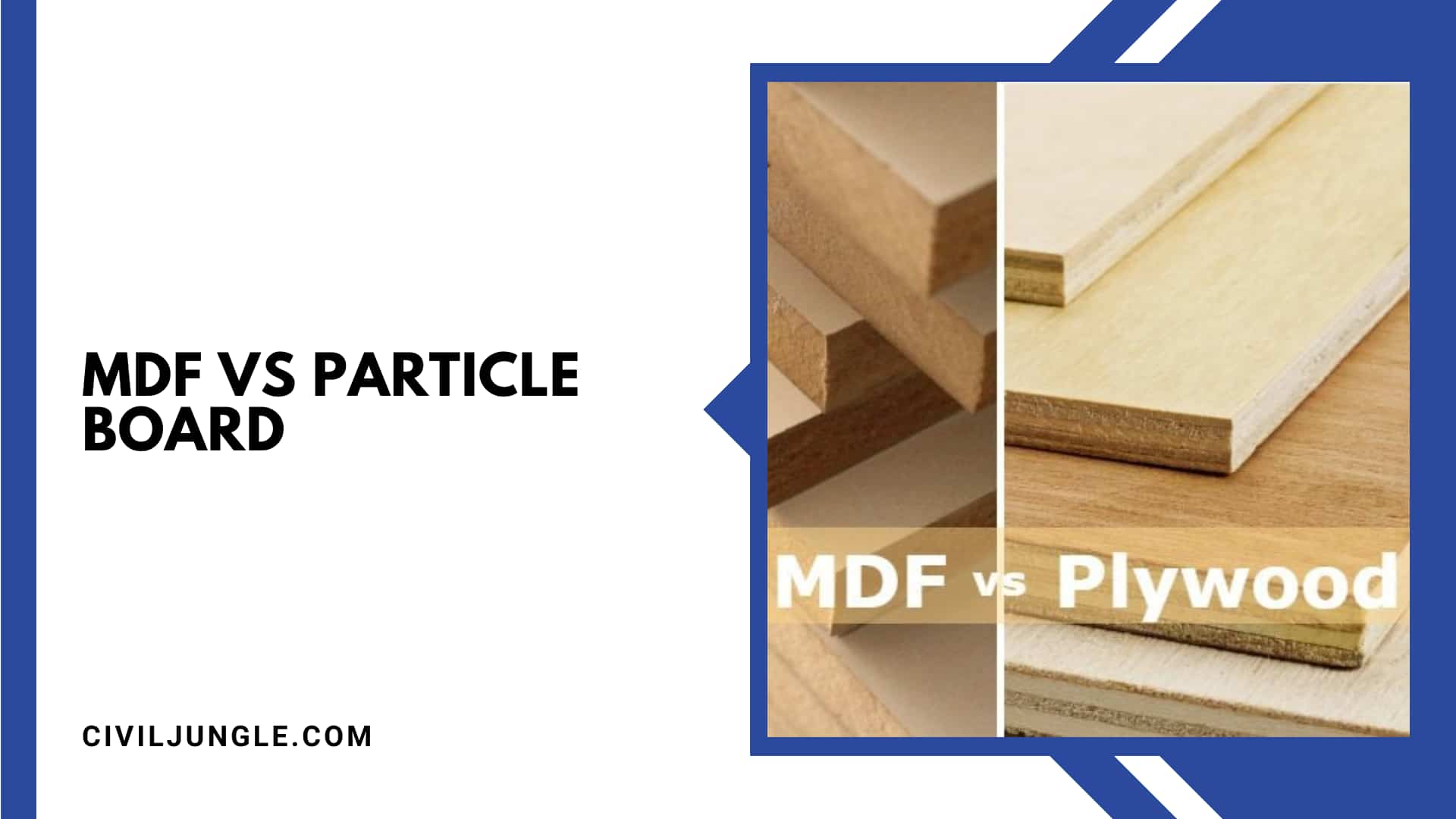

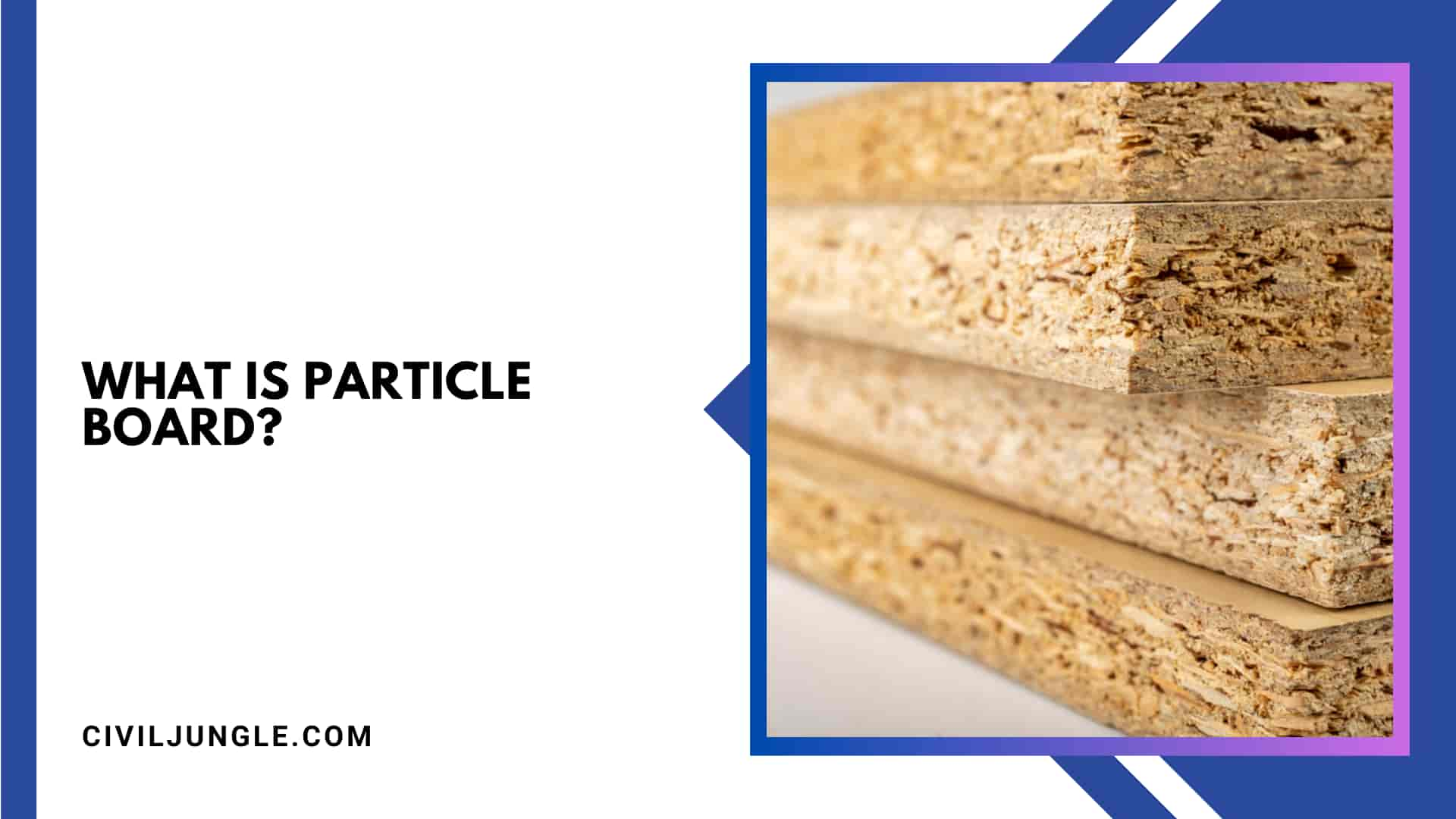
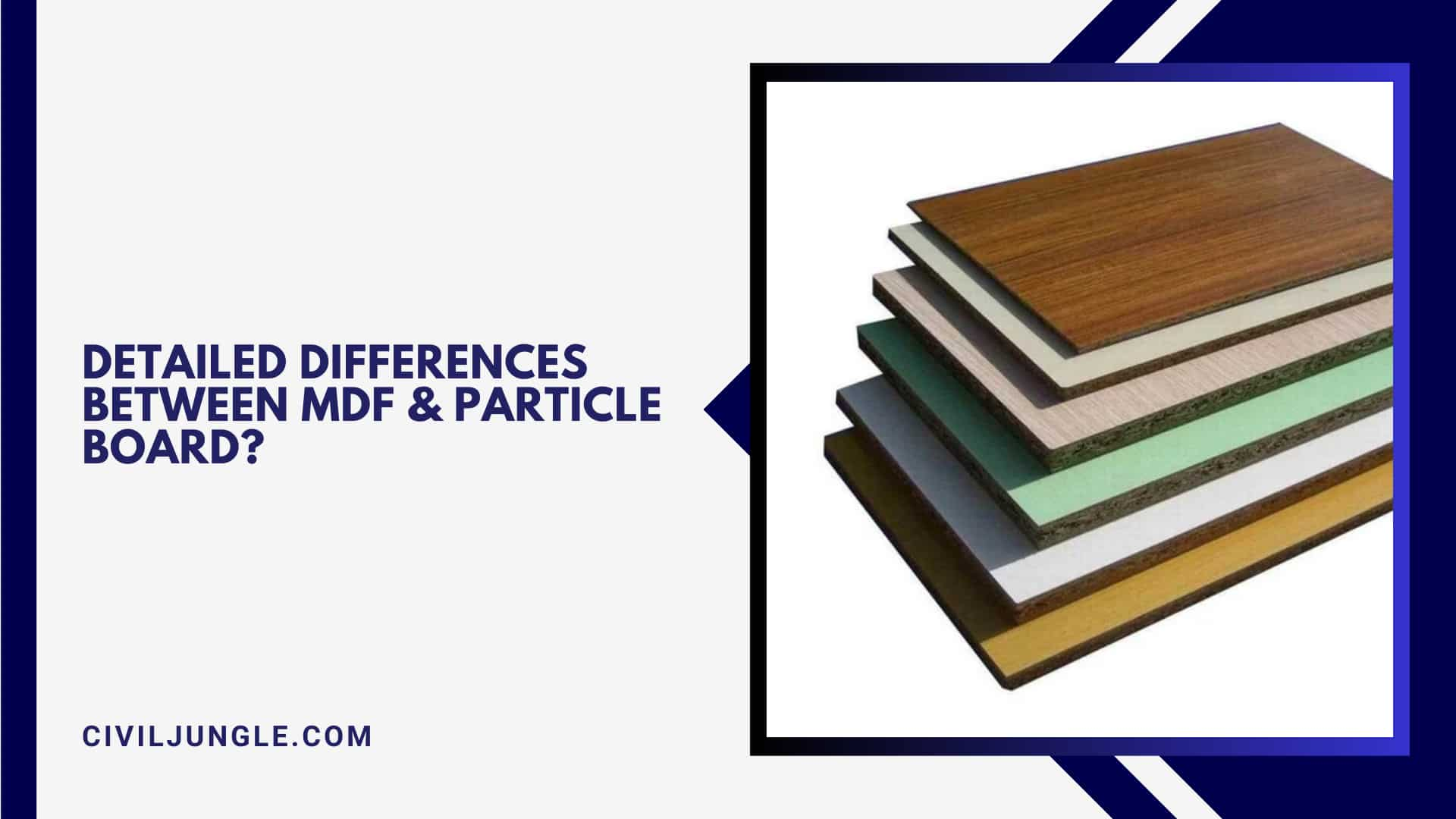
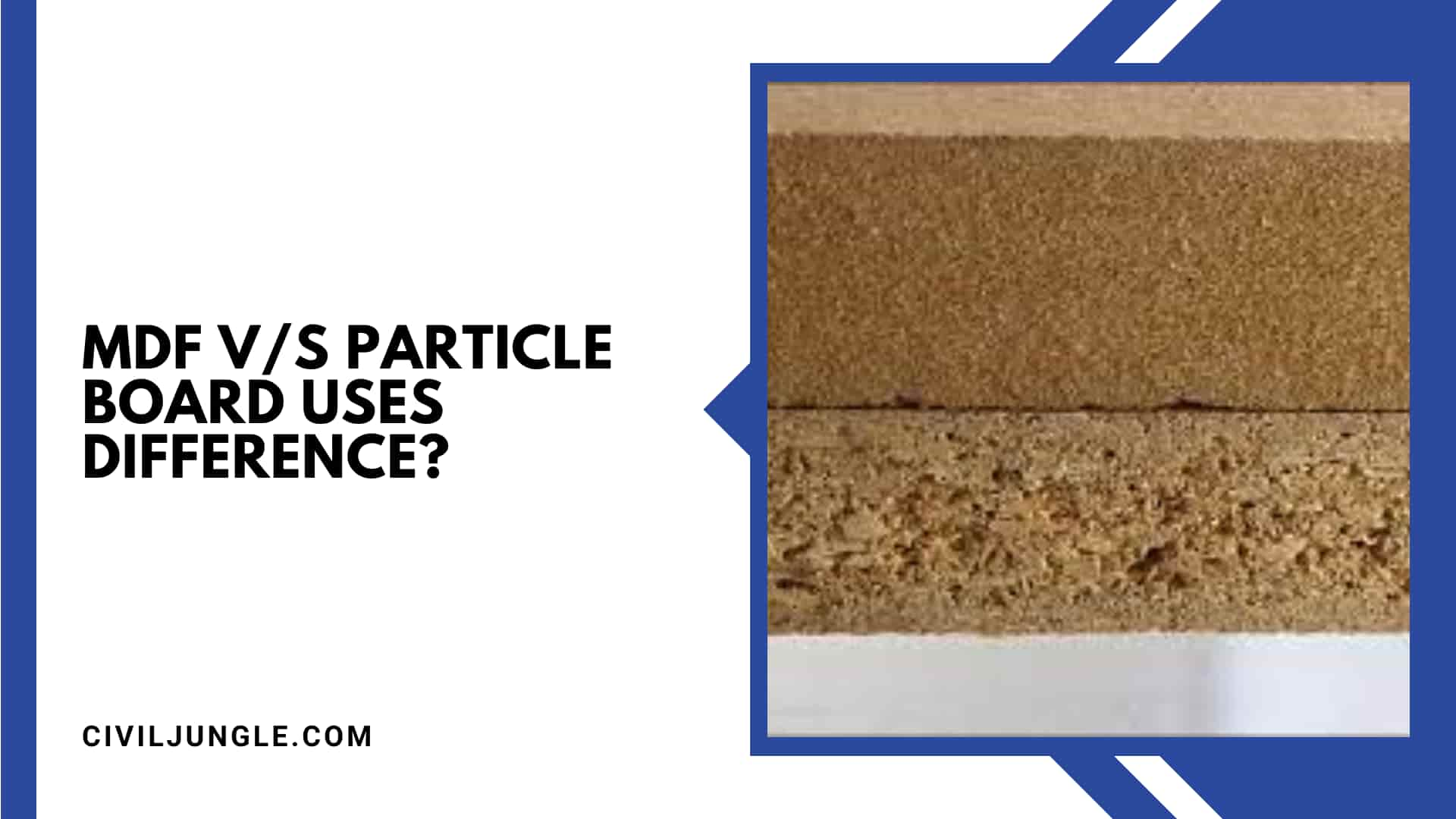
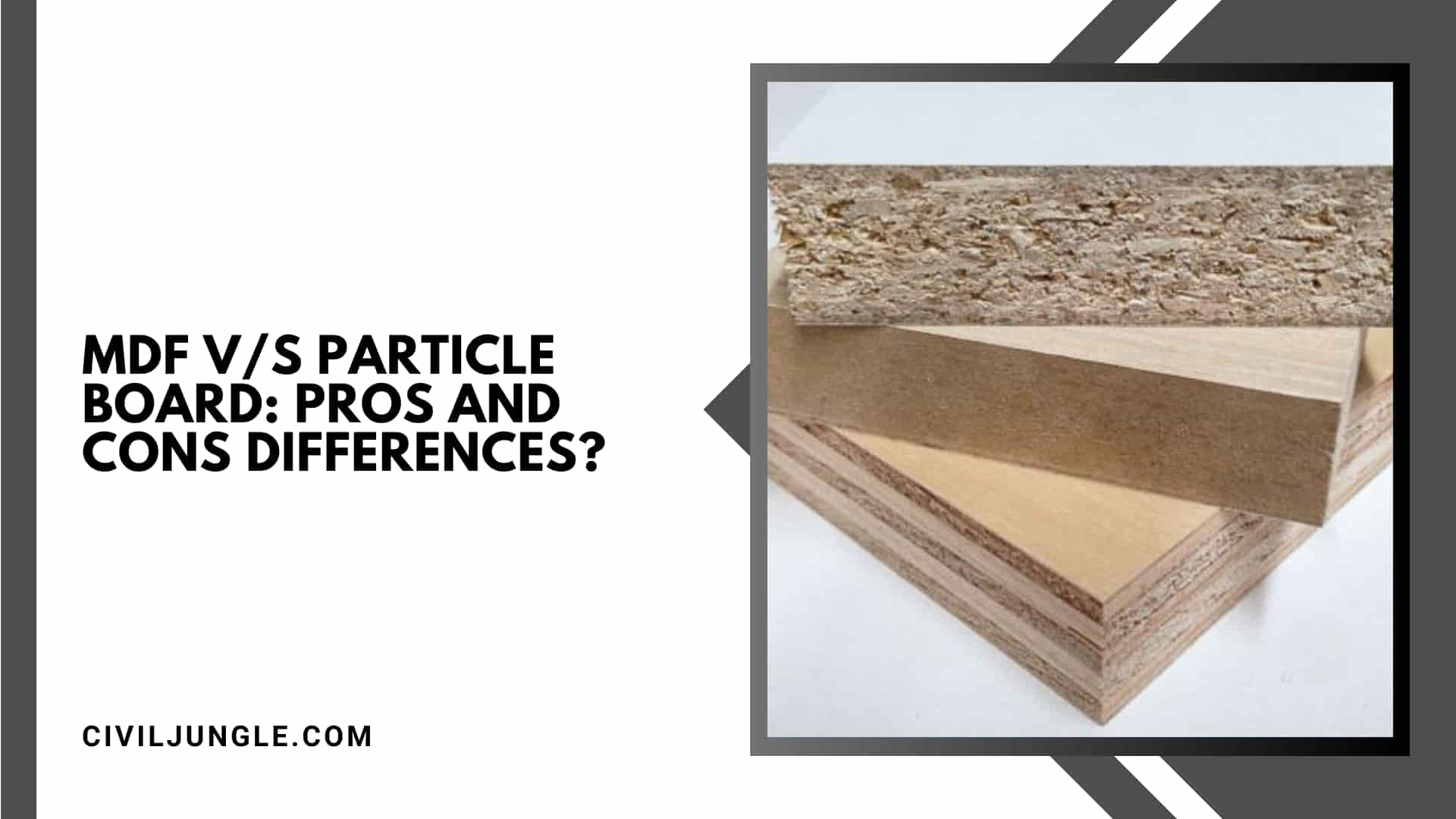
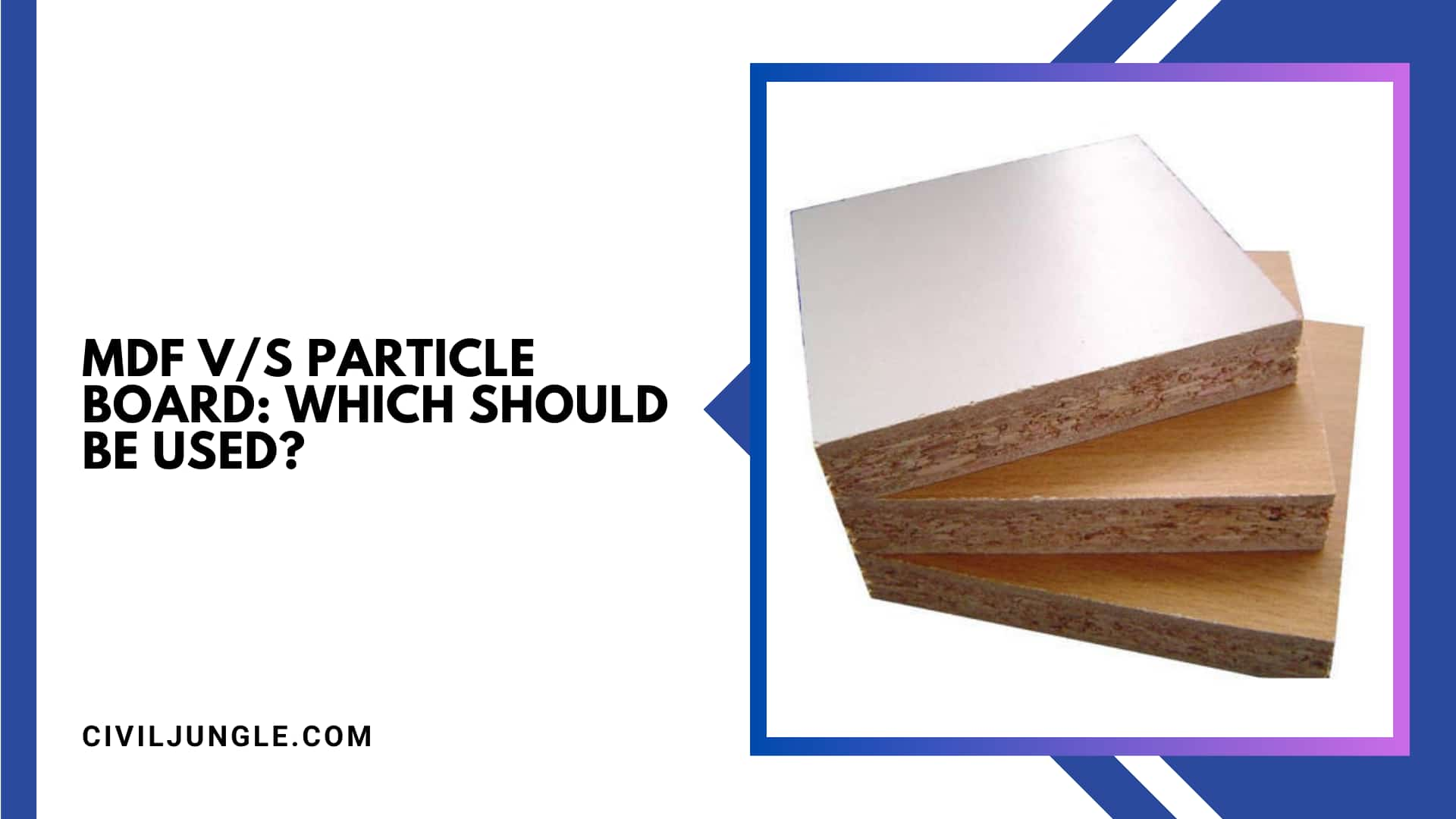
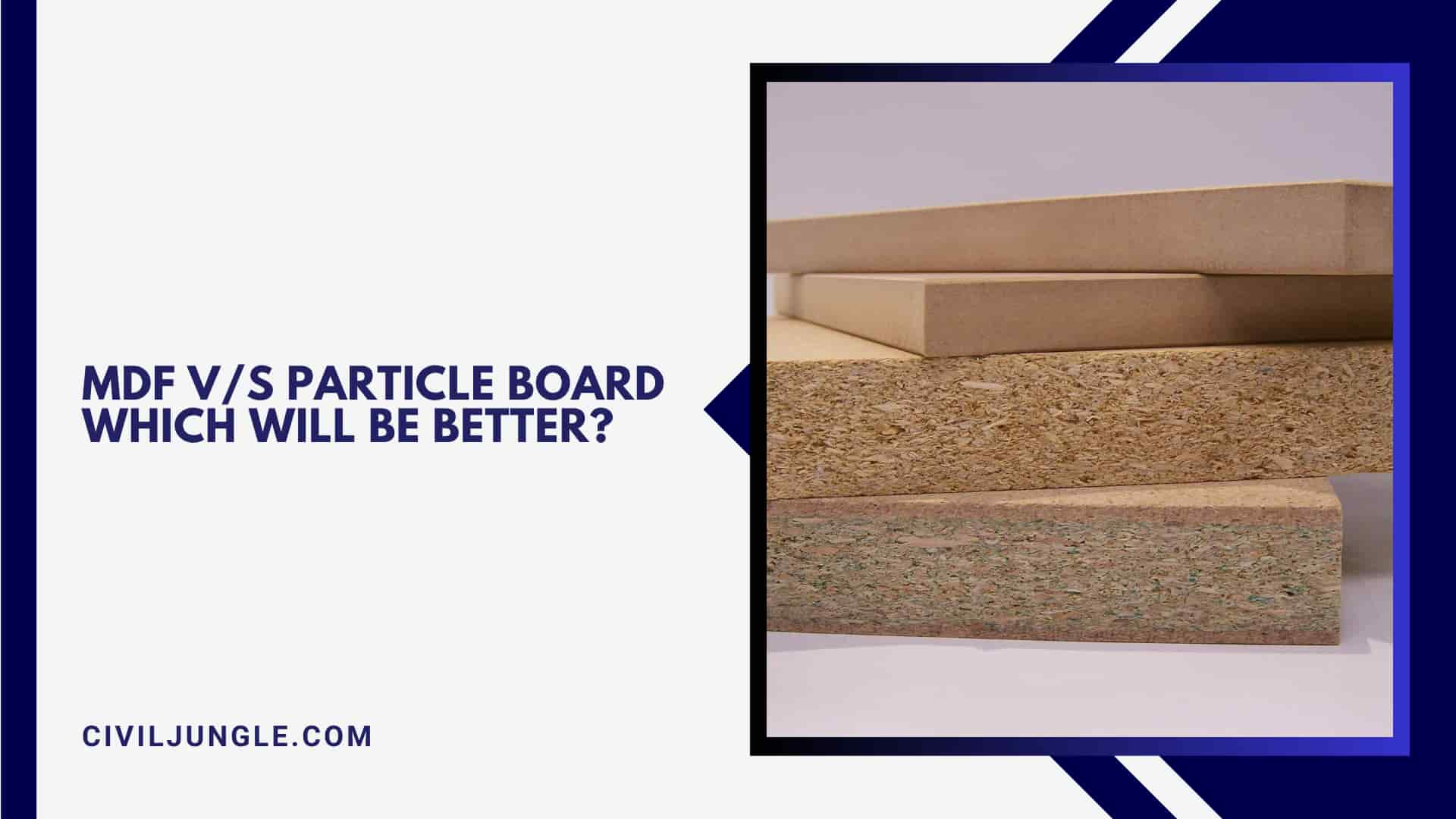

Leave a Reply